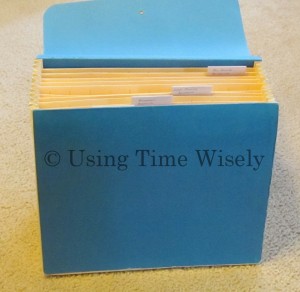This series has been filled with lots of information. Hopefully, the information has been helpful and not confusing.
With so many options, one can get lost and lose hope. My goal is to present the material as thoroughly as possible without overwhelming you with information. 😉
We began this retirement category with an overview, the types of accounts, and allocating your money.
Once you have your retirement plan and diversified your contributions, the next step is designating your beneficiaries.
Selecting Beneficiary Designations
Beneficiary Defined
In the event of your death, your beneficiaries are the people, trusts, or estates to whom you leave your benefits. You will need to designate at least one beneficiary for each retirement account.
Beneficiary Types
There are two types of beneficiaries: primary and contingent.
Primary
A primary beneficiary inherits the retirement benefits immediately upon the death of the account holder without going through probate and without consulting the will. Even if the account holder’s will gifts the retirement account to another, the benefits fall to the primary beneficiary.
One can name more than one beneficiary giving each a percentage of the benefits, but the total percentage must equal 100%. For example, Uncle Bob – 50%, Aunt Mary – 30%, and Cousin Joe – 20% = 100%.
If an account holder names someone other than a spouse as a primary beneficiary, most providers will require written permission from the spouse before accepting the beneficiary.
Contingent
The contingent beneficiary will receive the benefits if the primary beneficiary is unavailable or unwilling to do so. You may name more than one contingent beneficiary, but you must select the percentage per beneficiary. In some cases, you may name a second contingent beneficiary in the event the primary and the first contingent cannot accept the benefits.
Beneficiary Selection
If you are married and have an established trust, make your spouse your primary beneficiary and the trust your contingent beneficiary. If you have children, you might consider making your spouse your primary beneficiary, your children by percentages your first contingent beneficiaries, and then your trust your second contingent beneficiary.
If you have a trust, then contact the attorney who established it to ask for guidance regarding naming your beneficiaries. Each state or commonwealth handles probate, wills, and beneficiaries differently. Your attorney can advise accordingly.
Beneficiary Update
In the event of a birth, death, or divorce, you may need to update your beneficiary designations. As a general rule, check your beneficiary designations annually.
In using time wisely, check your retirement accounts for your beneficiary designations. If needed, make any necessary changes and keep copies or e-mails of all correspondence.
Weekly Project: Update your retirement beneficiaries.
As we continue organizing our important documents, designating and updating our beneficiaries guarantees our primary beneficiaries the benefits of our accounts. You have worked so hard to choose the right investment and allocated your contributions. Take time to designate your beneficiaries to guarantee those benefits to those you love. Happy designating!
Question: How often do you check your beneficiary designations?
